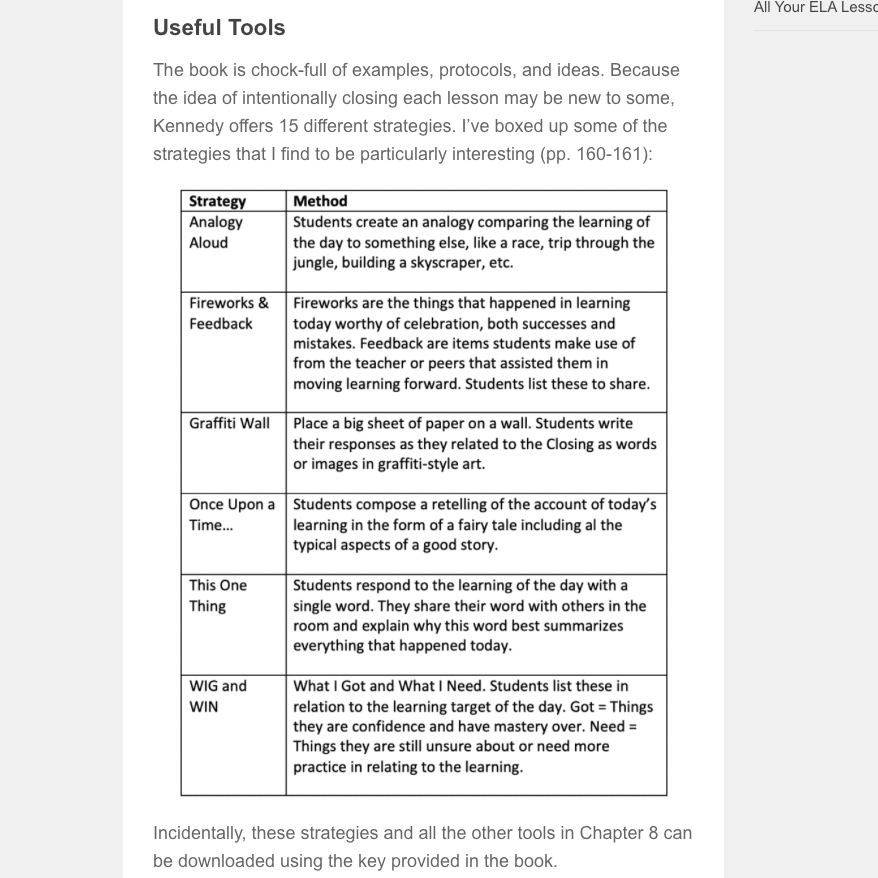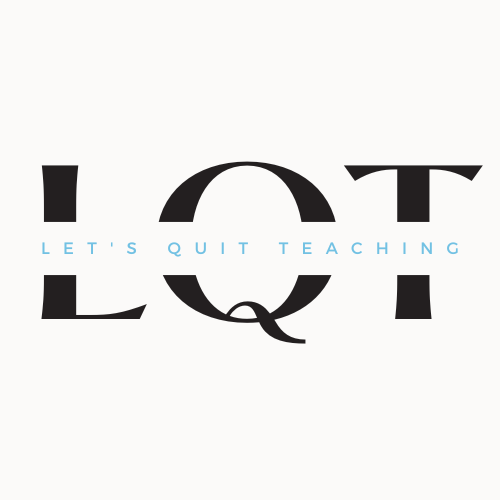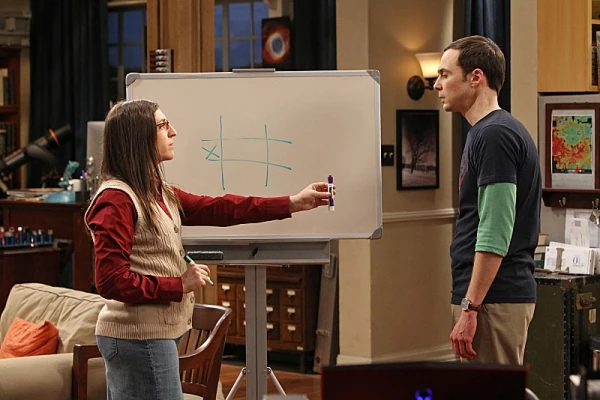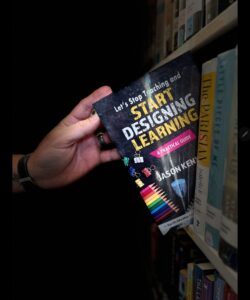In an episode of The Big Bang Theory fittingly titled, “The Closure Alternative,” Amy takes Sheldon on a rollercoaster ride of OCD exercises aimed at curing his itch for closure, something we can all relate to on some level. One standout moment is when Amy plays the American national anthem but deliberately skips the last note, leaving Sheldon twitching for completion. Through these quirky yet educational exercises—from tic-tac-toe disruptions to domino setups that never see their domino effect—Amy tries to rewire Sheldon’s brain, teaching him to cope with the discomfort of things left unfinished.
This subplot hits close to home when we think about wrapping up our lessons. Imagine diving into a lesson, journeying through the twists and turns of learning, only to leave without that final chapter where everything comes together. It’s like baking a cake and not getting to eat it, or like Sheldon, hearing a symphony minus the climax note. That summarizing moment, that reflection at the end, it’s not just a nice-to-have; it’s the cherry on top that makes the learning sweet. Skipping it leaves a gap, a sort of educational blue ball, where students are left hanging, craving closure and the satisfaction of a full circle. So, let’s not forget to play that final note in our teaching symphonies, wrapping up our lessons with the same enthusiasm with which we start them, ensuring a sense of completion and satisfaction all around.
Why Summing It Up Matters
The Closing of a lesson is as critical as any other part of the teaching process, requiring deliberate and purposeful planning to maximize its impact on learning. It represents a crucial opportunity to consolidate the day’s learning, reflecting on progress made, challenges encountered, and planning the next steps in the learning journey. By effectively summarizing the day’s learning, teachers enable learners to articulate what they’ve learned, why it matters, and how they demonstrated their understanding, thus reinforcing the lesson’s objectives and enhancing retention. Employing engaging strategies from the Opening segment, slightly modified for reflective purposes, can invigorate the Closing, making it an active and integral part of the learning process. This approach ensures that learners are not just passive recipients of information but active participants in their learning journey, capable of synthesizing and evaluating their progress. Ultimately, a well-designed Closing ties together the entire lesson, providing both closure and a bridge to future learning, underscoring its importance in learning.
Crafting Memorable Endings
Now, let’s talk about some standout ways to close off our lessons that can make a lasting impression:
1. The “3-2-1″ Closing: Learners jot down 3 things they’ve learned, 2 interesting facts, and 1 question they still have. It’s a neat bundle of reflection that gives them, and you, a clear snapshot of where their heads are at.
2. “Exit Tickets with a Twist” Closing: Instead of the usual “what did you learn today?” ask something more reflective, like “How has what you learned today changed your understanding of [topic]?” It encourages them to connect the dots in a more personal way.
3. The “Muddiest Point” Method: Ask learners to share their ‘muddiest’ point or concept from the lesson. It’s a fun way to clear up any confusion and ensure everyone’s on the same page before moving forward.
Putting It Into Practice
Integrating these strategies into your classroom doesn’t have to be a chore. Mix things up and see what resonates with you and your learners. Remember, the goal is to make the learning stick and to empower our learners to take ownership of their journey. By weaving in reflective practices and clear, concise goals, we’re not just teaching; we’re crafting meaningful learning experiences that stick.
The wrap-up of a lesson is your moment to shine and to bring home the value of what’s been learned. It’s about giving learners a moment to pause, reflect, and appreciate the journey they’ve been on. With a bit of creativity and intentionality, we can make “The Closing” a powerful tool for deepening understanding and fostering a love of learning that lasts well beyond the classroom walls. Let’s make those final moments count!
ADDED BONUS: Here is a list of additional summarizing strategies highlighted in a recent book review of my book the writer found useful.



